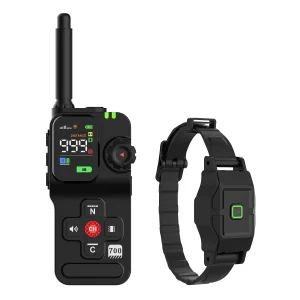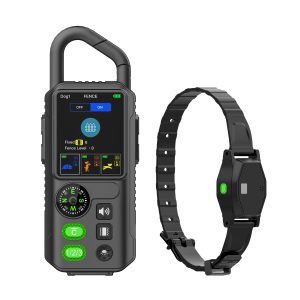The Dark Side of Dog Training Collars
As dog owners, we only want the best for our furry companions. However, in the quest to train them effectively, some individuals resort to using training collars without fully understanding the potential consequences. Dog training collars, often marketed as a quick fix for behavior issues, can easily be misused, leading to a myriad of problems.
Physical abuse disguised as training is a common occurrence with these collars. The shock, choke, or prong functionalities can cause immense harm if not used correctly. Continuous exposure to the shocks can lead to physical and psychological trauma for the dog, jeopardizing the human-animal bond we hold dear.
Understanding the Signs of Collar Abuse
It’s essential to recognize the signs of collar abuse in dogs. Look out for sudden changes in behavior such as fear, aggression, or withdrawal. If your dog cowers or hides upon seeing the collar, it might be a telltale sign of distress caused by its misuse.
Positive Reinforcement: A Safer Alternative
Positive reinforcement techniques, such as clicker training or treats, can be just as effective in shaping desired behaviors without the risks associated with training collars. Rewarding good behavior encourages a positive environment and strengthens the bond between you and your four-legged friend.
Breaking the Cycle
To address the issue of dog training collar abuse, education and awareness are key. By spreading knowledge about the potential dangers and providing resources for positive training methods, we can work towards a future where every dog receives training with compassion and respect.
Let’s pledge to protect our beloved pets from the harms of collar abuse and create a safer, happier environment for our canine companions.
Remember, a well-trained dog is a happy dog, and positive reinforcement is the key to a lifelong bond filled with love and trust.




